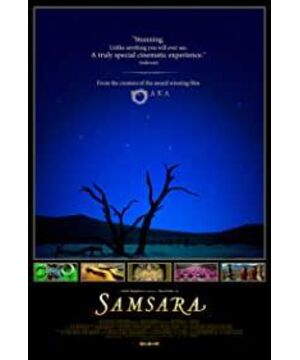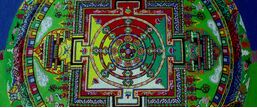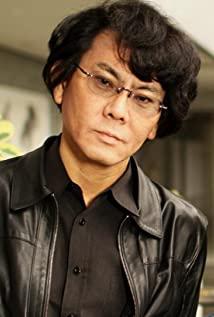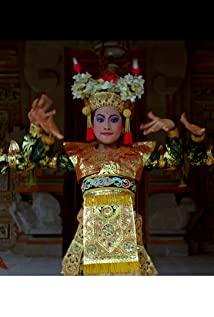It took 5 years of filming and traveled to 25 countries on five continents. It won the Critics' Best Documentary Award at the Dublin International Film Festival in 2012. SAMSARA really deserves it. Smart notes and dance steps, innocent eyes full of faith, started a journey of contemplation about the endless reincarnation of the eternal calamity. Bagan, where there are many towers and temples, and gorgeous and solemn churches, are the yearning for divinity and even consciousness of human beings for thousands of years. The stars move, things and I forget, Fengshui, rain and fire wantonly smear the face of the earth. The so-called noble life leaves no trace in the heart of nature, and it is less than a speck of dust after it has been broken into three thousand great thousand worlds. It's just that, turning all living beings upside down, seeing them as eternity in an instant, rushing day and night without stopping, changing their faces with mud and blades. Self-proclaimed Lord of all things, control your life, me and his life. From the sky to the ground, from the mountains to the deep ocean, he conquered the dreamlike world of utensils, and decorated it with bizarre toys, and he was inevitably defeated in the cycle of Yongye. Everything is impermanent, just like the gorgeous and solemn mandala, gently brushed, but also dust... Forgive my lack of language, in front of this grand scene, I once again found that many things cannot be expressed in words. Aerial telephoto lenses are often used in the film. The pictures are magnificent, the sky and the earth are turning, and the stars are moving. The entire documentary has no dubbing, which fully demonstrates the powerful impact of visual images. The background music is sometimes heavy and sad and sometimes melodious. The picture adds vivid color. Starting from religious buildings and religious activities around the world, showing the most primitive and pious and sacred beliefs of human beings, to the changes in nature, especially the desert landscape photography is the most exciting, the sun rises and the moon sinks, the heaven and the earth flow, and the earth witnesses The change of time, the abandoned houses engulfed by quicksand, the abandoned houses and cars in various places, the mottled walls in the room, the scattered clothes, the whole picture is desolate and heavy, exuding a sense of powerlessness of life. The second half begins with the surging of the city during the rush hour in Tokyo, Japan, to the assembly line workers working like ants in the processing factories in China, the production line of the Sanquan Food Factory, the meat processing industry, and the African tribesmen to pick up the goods. The status quo of living from garbage, people all over the world are running on the road of life, there are funerals of Africans, coffins of different shapes, and everyone's ultimate destination is death. The last is the most devout belief in Mecca. The scene is spectacular and amazing. At the end, it is the scene in which the Tibetan lama wiped out the sand painting with his painstaking efforts. Everything in the world is just one obsession. The sense of powerlessness in life arises in an instant. What we have been searching for is only one episode after another towards the end of life. Each of us will inevitably die in the end. No matter how brilliant or dirty we were in our lifetime, the world is waiting for us. are the same. As soon as I start thinking about the meaning of living, the topic becomes heavy. Maybe it really is that life has no meaning at all, and living is to find meaning. Whether we work hard, sink, sad or happy, the passage of time is always the same. Sure enough, time is the only thing in this world that is fair to each of us. Although the end point is already doomed, we can choose what kind of mood and what kind of scenery to see. I think this is the ultimate meaning and difference of being born as a human being.
View more about Samsara reviews











